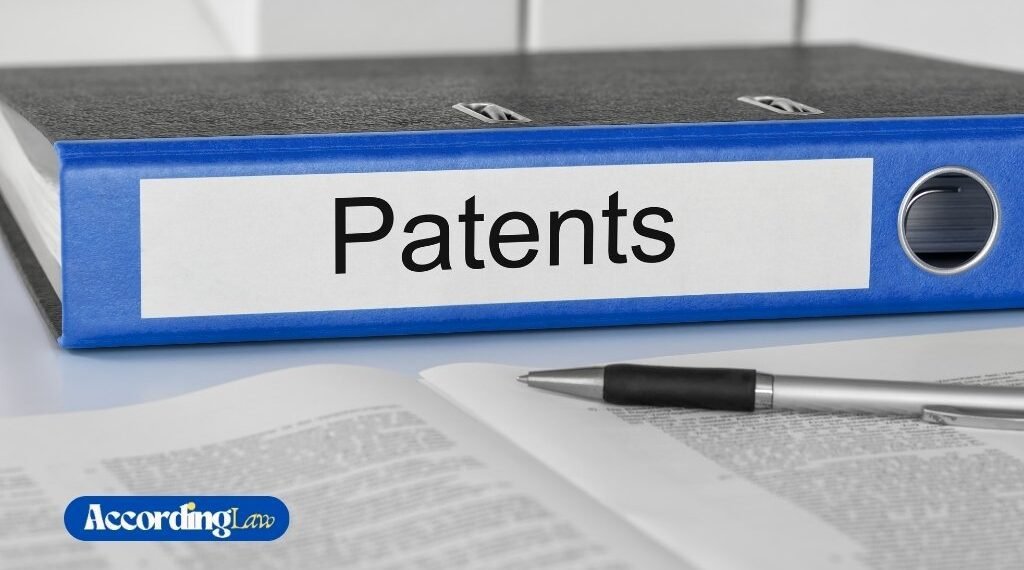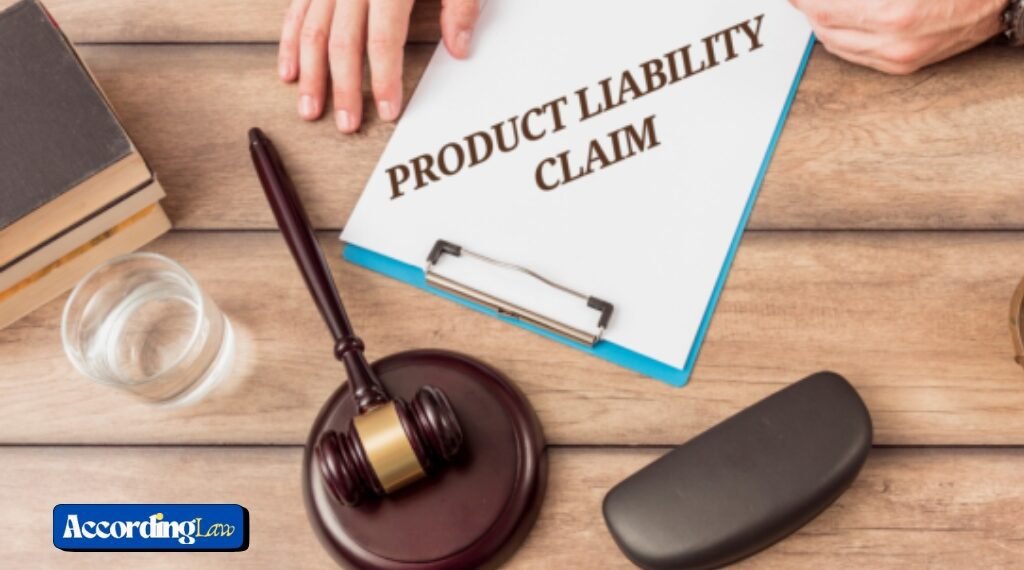The question of whether software or business methods can be patented in Australia creates significant implications for developers, startups, and established businesses alike. The intersection of technology and intellectual property protection presents both opportunities and challenges in the Australian legal landscape. Actuate IP has observed that many innovators are uncertain about what protection is available for their digital creations.
Table of Contents
Key Takeaways
Overview of Australian Patent Law for Software and Business Methods
Statutory Framework and IP Australia
The Patents Act 1990 forms the legislative backbone of Australian patent law. IP Australia, as the administrative body, examines patent applications against this framework. The Act doesn’t explicitly address software or business methods, creating a system where administrative practice and judicial interpretation play significant roles.
The ‘Manner of Manufacture’ Test
At the heart of Australian patent law lies the historical ‘manner of manufacture’ test derived from the Statute of Monopolies 1623. This concept has evolved through case law to determine what constitutes patentable subject matter in contemporary contexts, including digital innovations.
Can Software Be Patented in Australia?
Computer-Implemented Inventions
For patent purposes, ‘software’ or ‘computer-implemented inventions’ generally refer to innovations that use computer technology to achieve a particular outcome. The mere presence of software doesn’t automatically qualify or disqualify an invention from patentability.
Technical Effect Requirement
Software inventions must demonstrate a technical effect or contribution beyond mere information processing. The software must solve a technical problem in a novel and non-obvious way, with sufficient disclosure to enable others to replicate the invention.
Patentable software examples might include:
- Image processing algorithms that improve medical diagnoses
- Software that enhances computer security through novel methods
- Control systems that improve industrial processes
Non-patentable examples typically include abstract algorithms, mathematical methods without practical application, or business schemes implemented through conventional computing means.
Are Business Methods Patentable?
Business Method Definitions
Business methods encompass processes, techniques, or systems used in commercial or financial activities. Common examples include trading platforms, financial modelling systems, and customer relationship management techniques.
“The key to patenting business methods in Australia is demonstrating that the invention goes beyond an abstract scheme and provides a concrete technical solution to a business problem.” – Actuate IP
Patentability Tests for Business Methods
Business methods face particular scrutiny in Australia. When implemented via computer, they must demonstrate that the computer is integral to the invention, not merely an incidental tool. The method must produce a physical effect, transformation, or technical advantage that wasn’t previously available.
Key Legal Tests and Landmark Australian Decisions
Evolution of the ‘Manner of Manufacture’ Principle
The National Research Development Corporation (NRDC) case (1959) established that an invention must produce an “artificially created state of affairs” with economic utility. For software and business methods, this means demonstrating a concrete technical effect or improvement.
Recent Influential Decisions
Cases like RPL Central v Commissioner of Patents and Commissioner of Patents v Rokt Pte Ltd have shaped current practice by clarifying when a computer-implemented invention constitutes patentable subject matter. These decisions emphasise the need for a technical contribution beyond automating a business process.
Preparing a Patent Application for Software or Business Methods
Drafting Strategies
Successful applications emphasise technical features and concrete implementation details. Claims should focus on how the software operates at a technical level rather than its commercial application. Including flowcharts, data flows, and detailed implementation examples strengthens the application.
Claim Formats
Applications typically include multiple claim formats:
- System claims (describing the components and their interactions)
- Method claims (describing the steps performed)
- Computer-readable medium claims (focusing on the stored instructions)
International Filing Considerations
Global Protection Strategies
Australian applicants often need protection in multiple markets. Filing routes include direct national applications, provisional applications followed by complete applications, or using the Patent Cooperation Treaty (PCT) system for broader international coverage.
Jurisdictional Differences
Different approaches exist between Australia, the US, and Europe regarding software and business method patents. US practice has historically been more permissive, while Europe requires a clearer technical effect. Australia sits somewhere between these positions, making coordinated claim drafting essential.
Alternatives to Patent Protection
Copyright and Trade Secrets
Copyright automatically protects source code but not the underlying functionality or ideas. Trade secrets can protect algorithms and business processes indefinitely, but require maintaining confidentiality. Strategic use of these protections alongside patents often provides the most robust protection.
Costs, Timeline and Enforcement
Application Process
The patent process in Australia typically spans 3-5 years from filing to grant, with costs including filing fees, examination fees, attorney costs, and post-grant maintenance fees. Enforcement options include Federal Court actions for infringement, with remedies including injunctions and damages.
Particular challenges exist for software patents, as detecting infringement can be difficult when the infringing code isn’t publicly accessible.
Common Pitfalls and Recommendations
Application Weaknesses
Common issues that lead to rejection include:
- Overly abstract claim drafting lacking technical detail
- Failing to distinguish the invention from conventional computing implementations
- Inadequate disclosure of how the invention is implemented
- Poor prior art searches missing relevant existing technologies
Working with a specialist patent attorney familiar with software and business method patents significantly improves chances of success.
Wrapping Up
Software and certain business methods can indeed be patented in Australia when they meet the necessary patentability criteria and are properly drafted to emphasise their technical contribution. The key lies in demonstrating that your innovation goes beyond abstract concepts and delivers a concrete technical solution. For developers and businesses seeking to protect their digital innovations, consulting with Actuate IP or another registered patent attorney provides the best path to developing a comprehensive protection strategy tailored to your specific invention.


